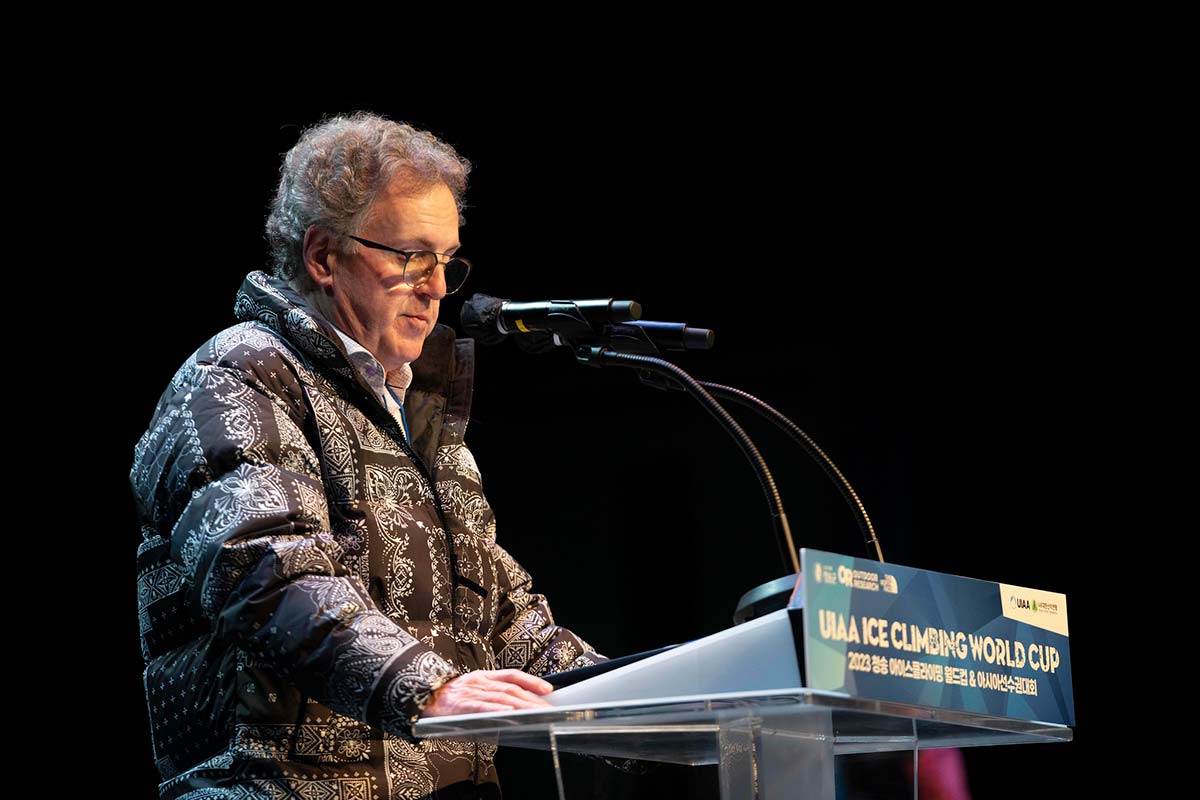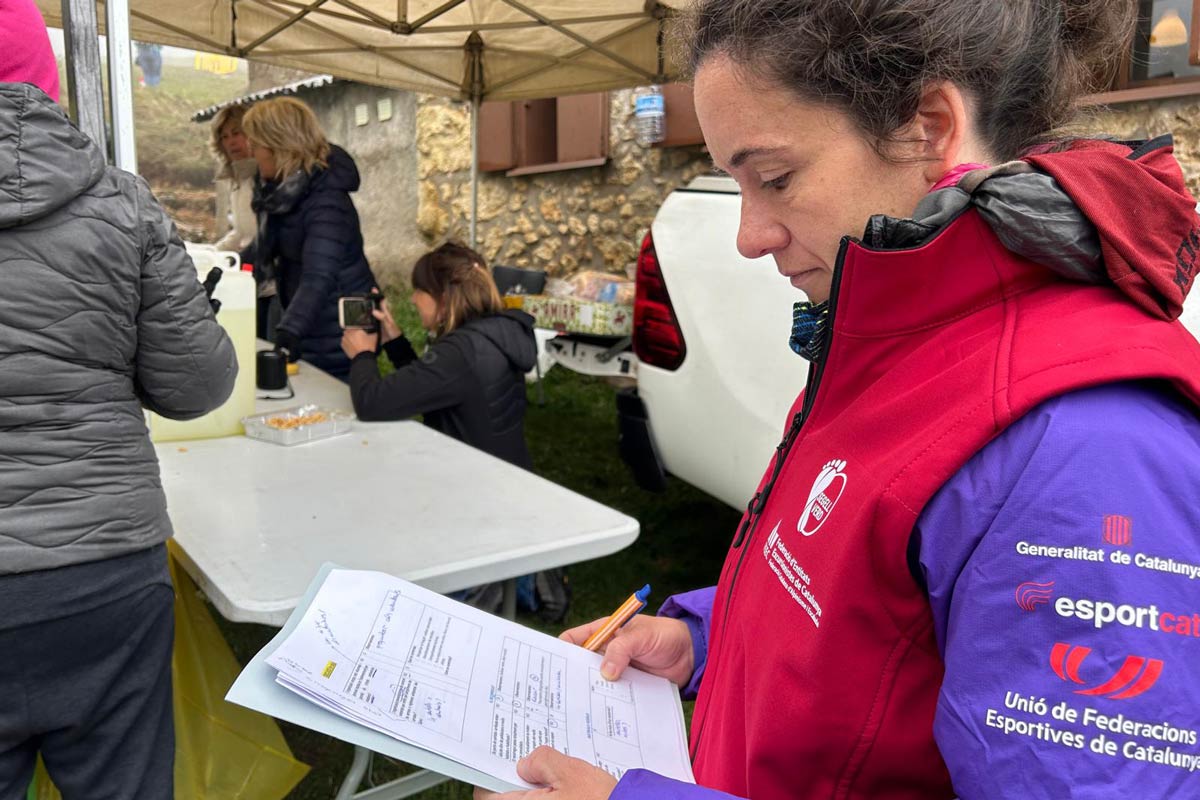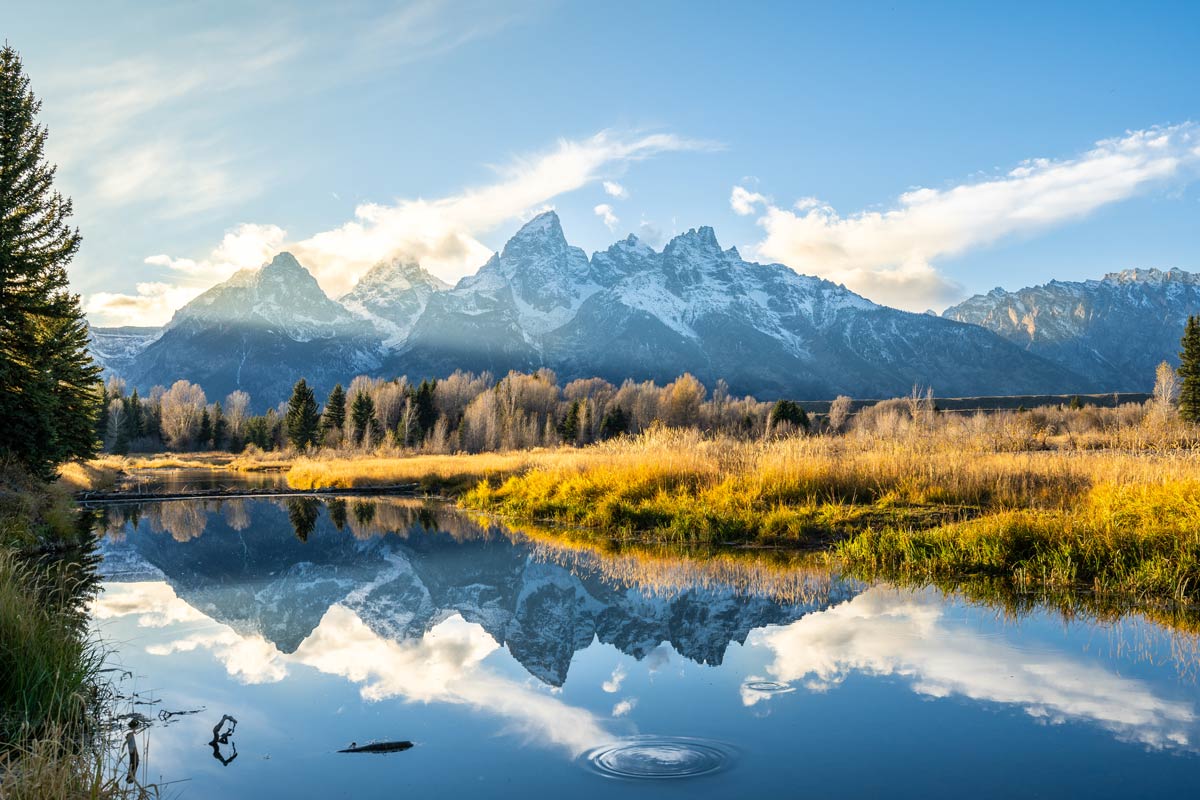Four years at the UIAA: Challenging, Progressive, Educational, Fun
Peter Muir, Alpine Club of Canada (ACC), became the 14th UIAA President when elected during an online GA in 2020. He stands for re-election at the UIAA General Assembly in Malta for what would be his second and final four-year term. Here Muir reflects on the progress that the UIAA has made under the first era of his tenure, and should he be re-elected, where the focus lies on the road to 2028.
My motivation for re-election
I have really enjoyed being President for four years. I’d like to continue for another four. There’s still work to be done. I’ve come to the conclusion that the current Articles of Association have served the UIAA well but certain revisions are needed to reflect the UIAA of 2024 and beyond. We’ve improved communication between the Management Board and the Commissions about what each expected. Across the next four years, I would like to further develop all levels of communication and ensure that greater standardisation is in place. The latter is core to us being more agile in delivering on our promises and projects.
Where I’d like the UIAA to be in 2028
The Articles of Association should reflect the reality of where the UIAA is now and clearly define levels of responsibility. I would like to expand the resources that are available because one of the limitations of the proposed Strategic Plan and priorities is that they are aspirational. We already do some things very well but we need to ensure that we have the resources to fulfil our potential. This income needs to come from partnerships and sponsorship or through revenue from some of our activities. We can also help ourselves by reducing the tendency to ‘reinvent the wheel’ which is a drain on volunteer time.
The UIAA at 100
Wider global representation is one of the seven goals of the new Strategic Plan (see more below). The UIAA marks its centenary in 2032 and the ambition is for us to have well over 100 members and greater representation in some continents, especially in Africa. We need to have a much higher profile. As an anecdote, I’d like to see every climber in my country – Canada – know what the UIAA is, as opposed to – for some people – just being a curious little tag on a carabiner. What does the UIAA really does stand for? what’s available from it? It’s a big task and it is essential.
What are the benefits for UIAA members?
To a certain extent, I think that we need to continue to remind members about the benefits available. A coming example will be climate change as we invite members to join us in our growing initiatives to demonstrate leadership in recognition and adaption by providing excellent opportunities for members to develop their own sustainability plans which they may not be able to manage themselves because of capacity. Then there’s the many tangible benefits with our services and research in safety, mountain medicine and training.
The UIAA is the global mountain network. It’s most visual manifestation is the General Assembly itself. It is there that if members face an issue or a problem, the chances are they will meet some other national federation who has faced the same problem. Problems are rarely unique and can be solved through collaboration. Bringing like-minded climbing organisations together is one of the main roles of the UIAA. Post GA, we will launch a communication campaign to more clearly address member benefits.
The Executive Committee
One thing I’m particularly pleased with is the collegiality, within the Executive Committee and the Management Board. I’d like to spend a few words on two departing members – Françoise Jaquet and Lode Beckers. Françoise has done a remarkable job as treasurer and in committing her time and expertise to projects like developing standard operating procedures, which were badly needed for the organisation as a whole. Lode, likewise, is a very smart person. He’s dedicated to what he does and has strong, sound opinions. He is someone who has challenged us all to think in different ways.
Up for re-election in Malta are Martin Lascano and Amit Chowdhury. Martin has helped to significantly increase our profile in South America. Martin’s organisation of the spring Management Board meeting in Bariloche, Argentina was a critical and demonstrable effort in this goal and was a tremendous success. Martin has also been the significant link for the Executive Committee for all things ice climbing.
Amit Chowdhury, Vice President, has provided immense guidance and support to our Commissions, both through his initial review of the Management Board Commission interactions and commission projects and through his ongoing work as the primary link of communication to and from the Commissions.
Rock Climbing with the new Strategic Plan
The UIAA already represents a large numbers of rock climbers, who probably far outweigh people who define themselves as mountaineers. Our approach to rock climbing will not be simply about supporting festivals or events. Not everyone is motivated by competitions. We need to support the regular rock climber. I always emphasise that there is more the one way to climb.
It was quite fascinating watching the UIAA Safety Commission perform a bolting demonstration during the inaugural UIAA Mountain Sports Training Course in Argentina held earlier this year. Rock climbers were very engaged in this critical subject.
If you are going to bolt, then you need to bolt right, because if you bolt wrong, it’s a disaster and an accident waiting to happen. In terms of this research and advice, I don’t see anybody else offering what the UIAA is on a global scale. So that’s a good, good opportunity for us. Of course I will temper it with a little bit of Doug ‘Scottism’ as an ode to our late Honorary Member. Always ask yourself if you really need to bolt a route. The other thing we need to remember is that not everybody wants to climb the hardest routes. Everyone has their own goals and aspirations. A nice ‘moderate’ route can be as a fun as a hard route. We need to represent everyone, and not just the elite climbers.
Safety Centre of Excellence
Our medical and safety commissions have benefitted from extraordinary leadership and impressive dedication from their members. This has made the structure bigger than individuals. In other words, everybody understands what their role is and what the objective of the Commission is. These Commissions are scrupulous in what they undertake. They pick tasks which bring added value and are achievable. And they bring real expertise and excellence to the project. The recent work on bolting and on advice for women in climbing has been impressive.
In turn, they have greatly increased the profile of the UIAA, and they have also greatly increased the safety of people, or their access to knowledge and risk management resources. So the proposed Safety Centre of Excellence needs to be a crystallisation of this – access to knowledge. People, especially when starting out, do not always know the questions to ask. If, for example, you’re a woman who wants to go to Nepal, trekking or climbing , what is it you need to know? Well, the UIAA can provide access to that guidance.
As training is a core and popular service, it is also a component of these strategic priorities, with a focus on refining its structures and standardization for even greater impact and appeal.
Sustainability and Climate Action Plans
The UIAA has just published its Sustainability Charter, the long-awaited update to the 2002 Environmental and Sustainability Guidelines. That together with our climate action plans are not only foundational documents for the UIAA and its members but also living documents. Members can start on their climate journey at whatever point they are at. Not many have the resources of the major eight to ten federations. We represent a large number of smaller members with fewer resources. Our role is to assist them throughout their journey to becoming more sustainable and in being able to prepare for the impacts of climate change. A case in point is the experiences of clubs like the Alpine Club of Canada, German Alpine Club and the Swiss Alpine Club in rebuilding huts or making them more sustainable operations.
From a UIAA position we need to lead from the front. You can’t tell people what to do if you’re not doing it yourself. I just find that intolerable position. So our internal Climate Action Plans are equally important and we need to be transparent on our progress.
Significant changes to competition ice climbing
My hope is that the proposed new structure of ice climbing is going to enable the people who are experts in this field to work with a greater degree of independence. Personally I don’t think that the previous ‘Commission-type of structure’ works for ice climbing. This is a specialised project.
If you look at other organisations, like the IFSC (Sport Climbing) and the ISMF (Ski Mountaineering), they have very specific structures in place to develop their sports and by people who are fully focussed on that. They are experts. I don’t see a sport like ice climbing growing without that same kind of structure. Only then will you enable the sport to develop.
Ice climbing’s Olympic ambition
It’s one thing to try to get to the Olympics. It’s another thing to develop a sport so that it can get to the requisite level of the Olympics. I mean, the base, the feed system that brings people in. There is potential for some progress with France hosting the 2030 Olympic Winter Games. France, and our federation FFCAM, have been long organizers of ice climbing competitions with a highly impressive national team.
Is the Olympics one day a realistic ambition? Yes. Should it be our immediate focus? No. We need to work a lot harder on the base, on the pathways, on national competitions, on further developing a high-quality World Tour, on increasing participation amongst different member federations. Our possibilities of success will increase as we achieve this.
Female representation and participation
The UIAA signed the Brighton Plus Helsinki Declaration in early September. This is a commitment from the UIAA to further promote the participation of women in all aspects of climbing and mountaineering – including in our own governance. One thing we need to ensure is that women are encouraged to follow pathways to key positions both in member federations and at the UIAA and that the nominating procedures dictate this. If, when the time comes my time as UIAA President ends, I would be thrilled if there are number of strong female candidates and a female President.
Representation is important not only in terms of gender but also in ensuring we truly represent different cultures and parts of the world. We’ve taken positive steps towards this on an Executive Committee level.
Engaging with new partners and brands
The UIAA is an attractive proposition to potential brands and partners. We welcome all kinds of opportunities – from supporting specific events to the federation as a whole. The UIAA as the global mountain network can provide great visibility and credibility to a brands. Our work takes us to some of the world’s most extreme and fragile environments ones a lot of brands wish to support or align their messaging to.
Celebrating climbing and mountaineering achievements and awards
Increasing our visibility on a global scale and being even more relevant is important. Our new podcast series Mountain Voices has enabled us to engage on different topics and with influential personalities in the climbing and mountaineering world. One project under discussion is the potential for a UIAA Awards platform which may provide the opportunity to recognise certain people and achievements. However, we need to make sure that this brings added value and that it is not a drain on existing resources. We also need to focus on the return in 2025 of the Mountain Protection Award, which for us is a major project which recognises people and organisations who are changing the mountain world for the better.
What to expect from the General Assembly in Malta?
Firstly we can expect over 120 delegates and a significant representation from over 50 countries. It is likely to be our biggest GA in a number of years in terms of people present and member associations represented. That is a positive sign regarding engagement with what the UIAA is doing. We look forward to being in Malta under the organisation of ClimbMT, led by our own industrious Executive Committee member Simon Alden.
There’s at least two major things on the agenda, quite aside from the elections. The first one is the aforementioned decision on ice climbing which would allow for the creation of a new operating structure to have the flexibility and the ability to self-govern. The other thing is, and I think this is the critical part, is that we are entering into a new Strategic Plan. We have seven implementation areas (wider global representation; rock climbing and hiking; ice climbing; global mountain safety of excellence; training and development; providing climate change and sustainability guidance; financial development), and I’ve addressed each subject with this interview.
We’ve deliberately curated them as strategic priorities as opposed to a strategic plan. A strategic plan to me is like a whole encompassing a plan for change or modification of the organisation. Strategic priorities, on the other hand, can be aligned with an implementation schedule for each area and for them to be more measurable, accountable and adaptable. And by 2028 the goal is to have hit as many of our targets as possible. We look forward to you continuing with us on this journey.
This is a significant election year. Membership in the Executive Committee and Management Board should supplement the direction of the UIAA. Diverse representation is essential not only in terms of gender but also in ensuring we truly represent different cultures and parts of the world. We’ve taken positive steps towards this on an Executive Committee level, and it has been highly effective for Asia with Amit and Martin for South America. Our 2024 candidate slate also presents an opportunity to make valuable initial progress on bringing women into the Executive Committee and Management Board supporting our intent in signing the Brighton Helsinki Declaration. I know that the General Assembly will take all of these considerations into account as it sets up the UIAA for progress for the next four years and beyond.



